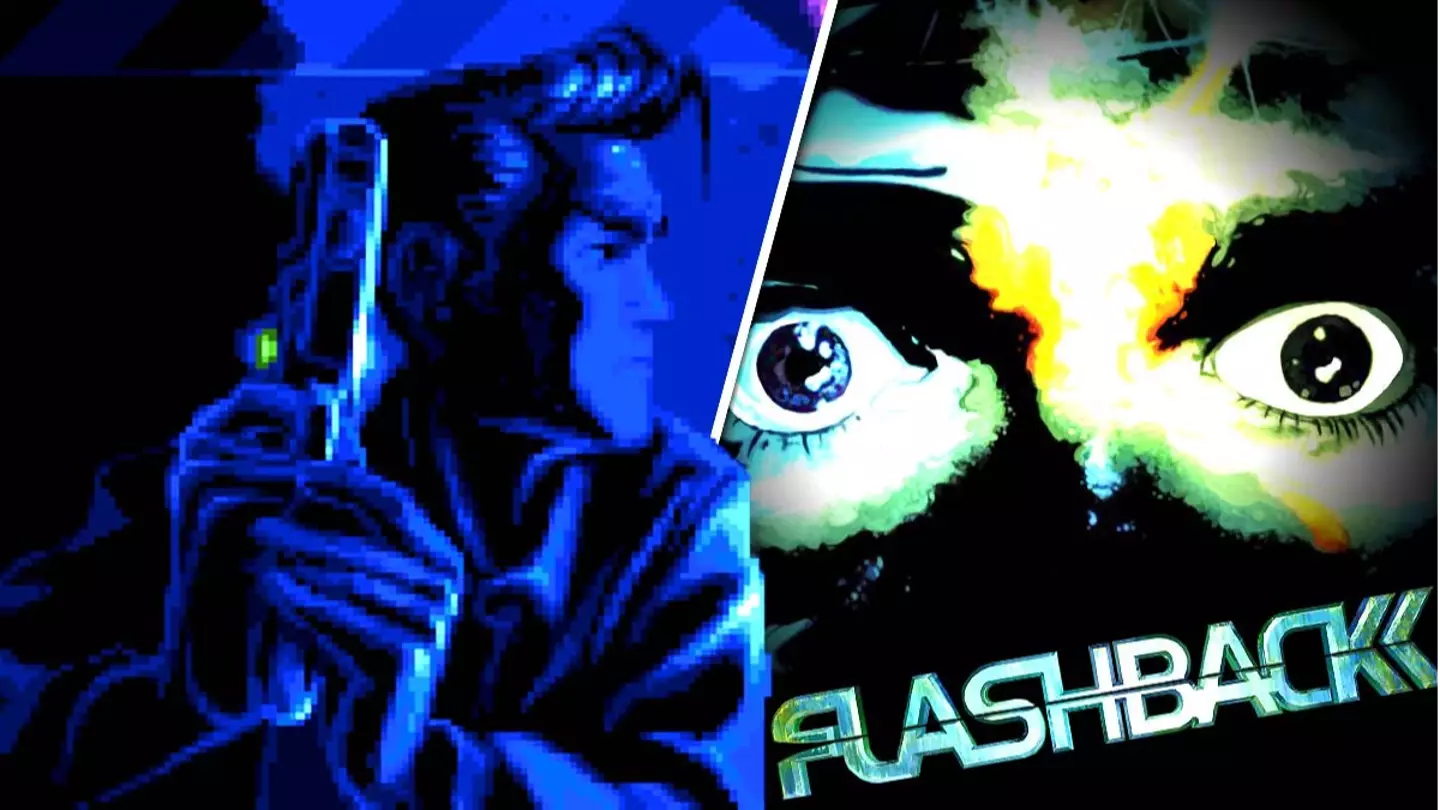
I’m still not wholly convinced any video game can be actually cinematic - they’re rather different disciplines, after all. But for the sake of these next few hundred words, let’s roll with the position that they can. And when you think of cinematic video games, one brand, one platform, comes to mind first: PlayStation. From Metal Gear Solid to Grand Theft Auto III, onto the Uncharted and The Last of Us franchises, and through to the reborn God of War and its upcoming sequel, PlayStation is where action-adventure games with widescreen ambition and scripts straight out of an off-Hollywood writer’s room tend to gather.
But it wasn’t always so. Video games have been trying to ape cinema since 1983’s Star Wars by Atari put the player in Luke Skywalker’s seat for the Death Star assault, if not long before that. (Yes, obviously, long before that.) And in 1988, a studio was founded in France with the express intention of creating games that could match the dramatic weight, the narrative twists and set-piece thrills, of the silver screen: Delphine Software International.
Watch the launch trailer for Flashback on Nintendo Switch…
Okay, I’m exaggerating - there’s no immediate record of Delphine being established primarily for the production of ‘cinematic’ games, and the studio would put out a number of titles, between the late 1980s and its closure in 2004, that definitely didn’t fit that billing. Delphine was responsible for Moto Racer for PlayStation and its various sequels, arcade-style two-wheeled racers which earned positive reviews and a loyal following. It released the Diablo-like action-RPG Darkstone in 1999, and some years earlier put out one of the most wretched one-on-one fighters of all time in the form of Shaq Fu for 16-bit consoles. But I digress: let’s talk Flashback.
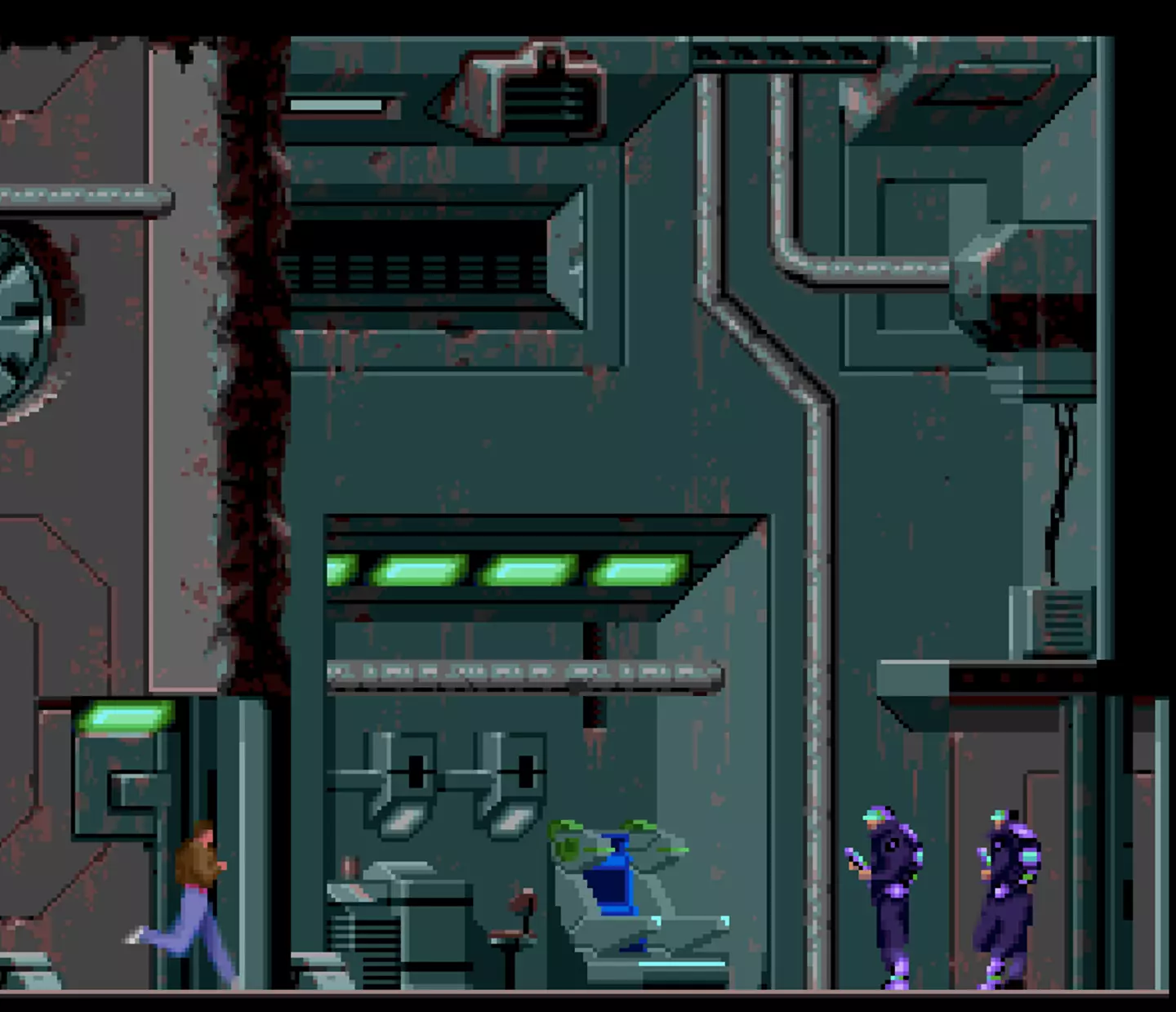
When I think of immersion, of incredible ambition realised with limited tools on hardware that was pushed to its seams being stretched, I think of Flashback. Released in 1992, this slickly animated sci-fi adventure was utterly mesmerising, an interactive window onto an other place where big-screen influences from Blade Runner to The Running Man were meshed with precision platforming and gunplay, a world of NPCs to interact with and just occasionally murder, and light puzzle solving (sound familiar, Naughty Dog lovers?). It felt grown up - full of “exquisite detail” and with writing “like something out of a William Gibson novel,” wrote Polygon in 2018 - and genuinely next-gen at the mid-point of a hardware cycle. The game was released initially on the Commodore Amiga, although its lead development platform was the SEGA Mega Drive, before being widely ported, and the powerhouse creative talent behind it was just one man: Paul Cuisset.
Advert
---
“We tried different frame rates for the game, and finally we settled on 24 frames per second,
as it was really the most beautiful”
- Cuisset on the slick animation of Flashback
Advert
---
When I spoke to Cuisset in 2018 (for Nintendo Life), he recounted to me how, hilariously, the foundations for Flashback were laid by a proposed movie adaptation for The Godfather. “They wanted to create a game about the movie,” he told me. “So, Flashback was originally created around the universe of The Godfather.” Needless to say, the action of that famous crime trilogy never quite makes it to the moon of Titan, and there aren’t too many horse heads substituted for angry holocube messages. But what certainly did stick was a number: just as films traditionally run at 24 frames per second, so does Flashback.
“We tried different frame rates for the game, and finally we settled on 24 frames per second, as it was really the most beautiful,” Cuisset explains. “We tried with 12 frames per second, and it was okay, but it just wasn’t smooth enough. When I saw the 24 frames per second animation, it was obvious that we needed to do that.”
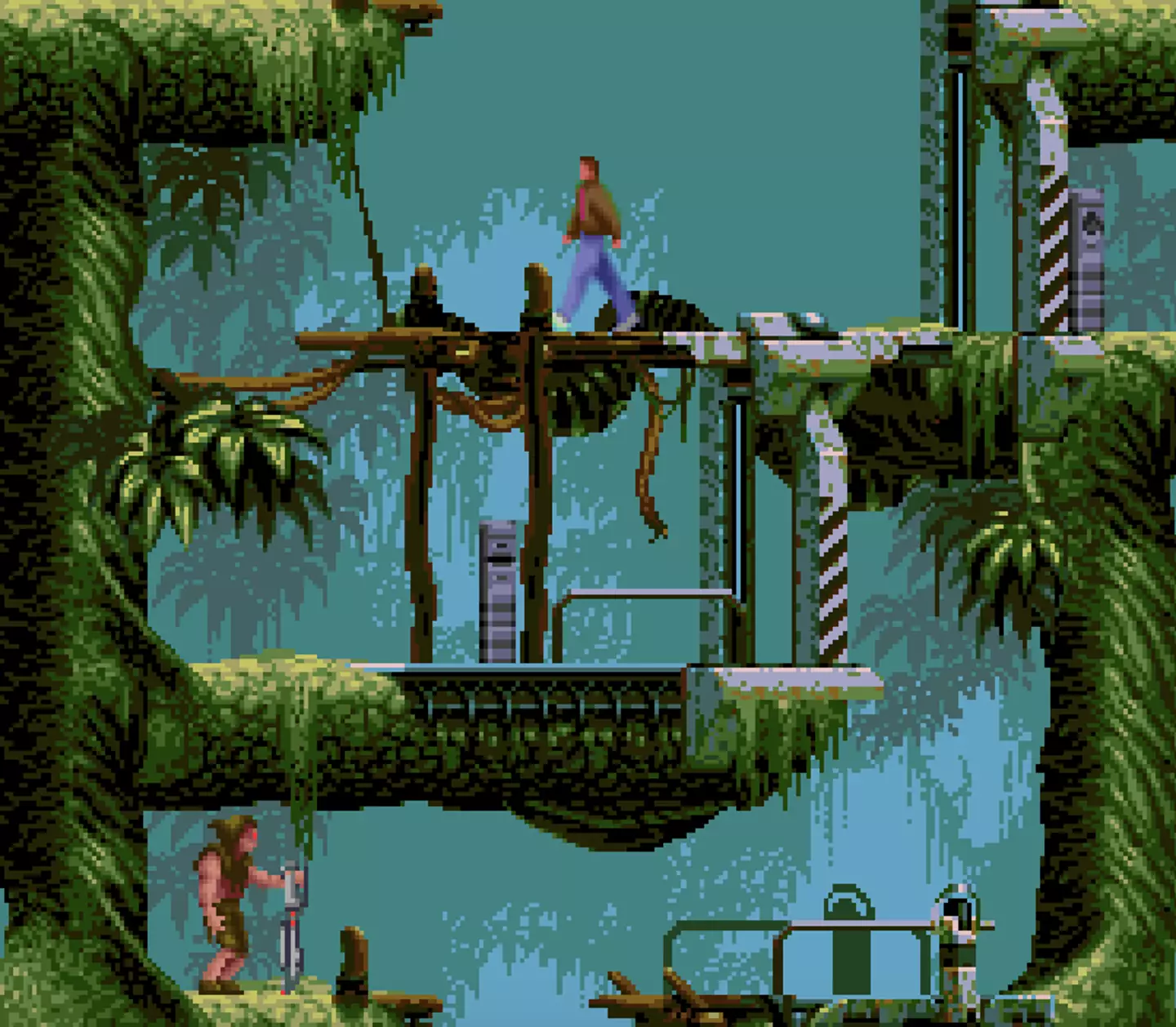
The result is some amazing - at the time, and still today - animation, especially on the protagonist of Conrad Hart, whose fluid, rotoscoped movements felt so much more organic than most 16-bit gaming heroes. Conrad’s incredible movement was considered so important that certain parts of the game were removed completely: “We had to cut some of the game, because we just couldn’t make it fit on a cartridge,” Cuisset remembers, reaffirming that this was a Mega Drive game first, and everything else second. “We had to do everything we could to keep these frames in.” Despite the compromises made at Delphine, Flashback left an amazing impression on its players who loved both its exceptional scope and its stylish execution.
Advert
“The great thing about that time was, as a creator, I felt I could do anything,” Cuisset told Talkingames.com. “Because it was just pixels. You can’t draw everything, but you can tell a story as deep as a movie through the gameplay.”
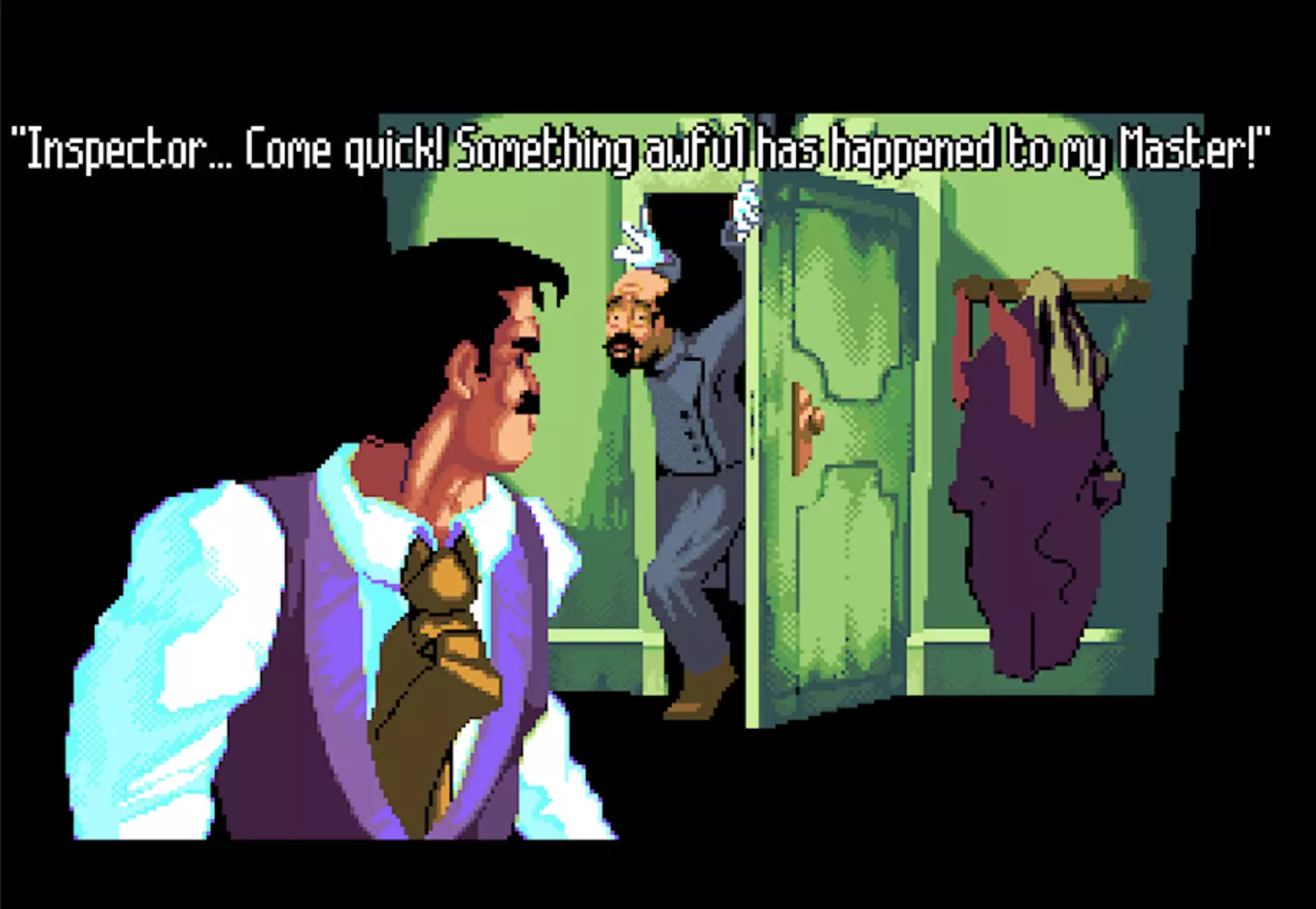
As brilliant as Flashback was, and remains, it’s not where Cuisset’s career begins and ends. Just as is the case with Delphine itself, he worked on titles before and after the success of Flashback. In 1989 he designed Future Wars, a point-and-click game for Amiga, Atari ST and DOS which really marked Delphine as a studio to watch when it came to digital storytellers. While lacking the visual flair of Flashback, the game runs on the proprietary Cinematique Engine - a case of Delphine hardly hiding their ambitions. Another point-and-click adventure followed in 1990 - Operation Stealth was a spy drama programmed and written by Cuisset, which actually bore the James Bond licence on its stateside release.
---
Advert
“From my point of view, it wasn’t really a failure, because it got us working on something interesting and different”
- Cuisset doesn’t see Shaq Fu as a total flop
---
Cuisset’s next game at Delphine was another graphic adventure with a movie-sized story - but while he was working on the Tintin-inspired whodunnit of Cruise for a Corpse, a second title was in development at the studio. Another World was designed by Éric Chahi, Cuisset’s collaborator on Future Wars, and its breathtaking aesthetic would directly inspire the look and feel of Flashback. Chahi took the money he made from Future Wars to work almost wholly solo on Another World for two years before Delphine sought investment to expand the team and get the game release-ready. For Cuisset, seeing Another World was a game-changer: “When Éric showed Another World to us, it blew us all away,” he told me (again, in this Nintendo Life piece).
Advert
After Flashback, the next game Cuisset designed was the messy fighter Shaq Fu. The game is widely held up as one of the worst of all time, but Cuisset reflects upon the title in a more positive way. Speaking to Talkingames.com, he said: “From my point of view, it wasn’t really a failure, because it got us working on something interesting and different.” He points the finger at “external forces” - the game was published by EA, so, that’ll be them, then - for “fighting with the game” that Cuisset and the team of 40 at Delphine wanted to make.
In 1995 came Fade to Black, a Flashback sequel for the PlayStation and PC that’s fondly remembered by some but failed to make the impact its 2D predecessor had. Nevertheless, it was a striking statement of ambition on the part of its studio - as Polygon notes, “Fast-paced, exploratory, third-person action games with 3D graphics didn’t really exist in 1995. When Fade to Black arrived … it felt every bit as transformative as Another World had four years prior.”
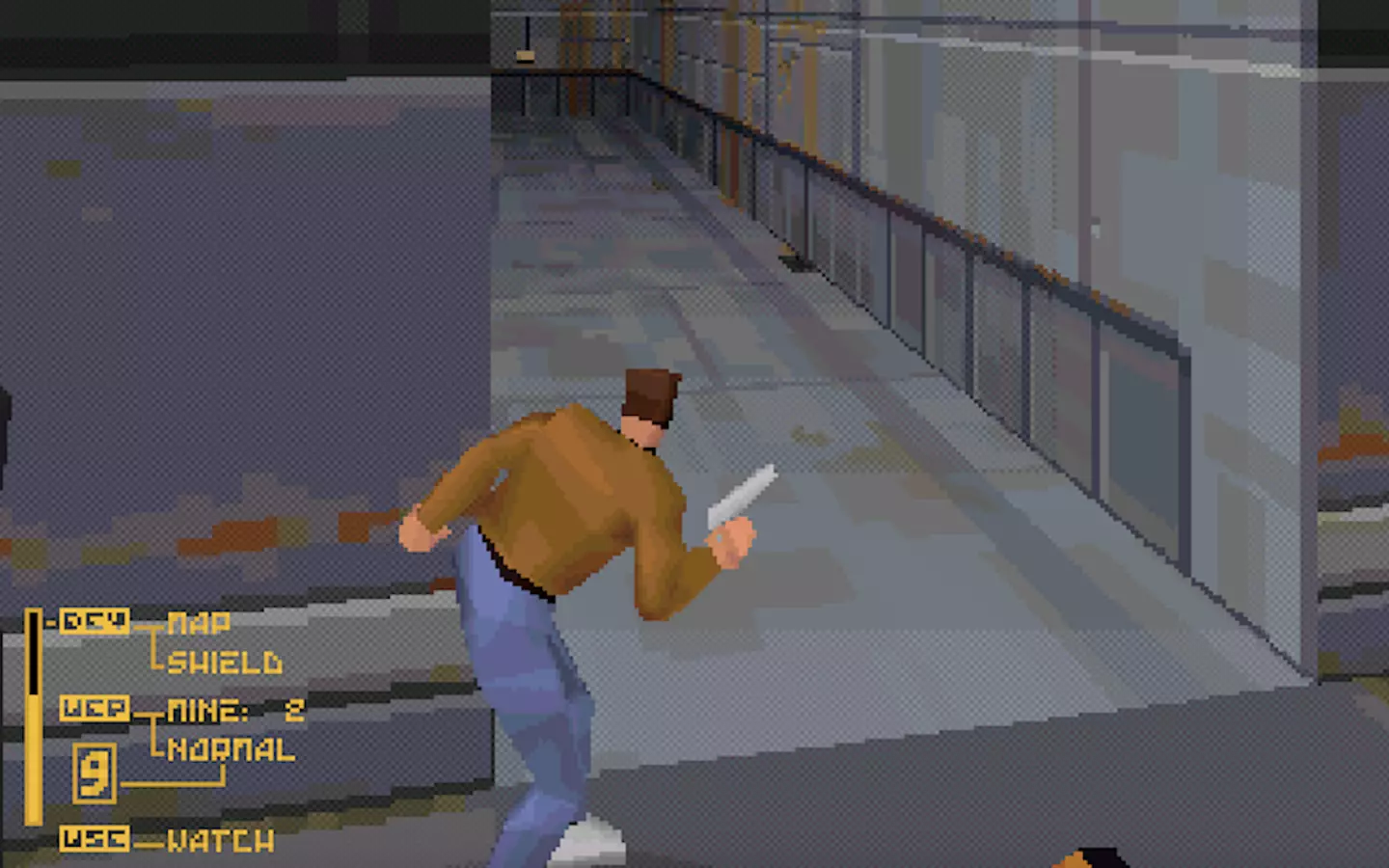
“Fade to Black was quite a good experiment,” Cuisset told Talkingames.com. “It was the first time we had a virtual camera, and we didn’t know what to do with it. There were just too many technical issues.” Cuisset’s lowest point, work wise, is surely 2012’s Amy, another title that crops up on ‘worst ever’ lists. Cuisset spoke to Engaget about the survival horror game in 2011, saying: "When you finish a good book or see a great movie you're often in a very special state. We did our best so that you feel the same way when you finish Amy." In their 2/10-scored review, Eurogamer called Amy “a crushing disappointment with little to recommend it,” concluding: “there's absolutely no reason to suffer this shambolic imitation in search of your survival horror fix.” Not exactly a special state, then.
So why single out Cuisset for this series of developer profiles when his work after Flashback has been, well, let’s say patchy to be polite? The answer’s right there, in the question: Flashback. Just as not every Hideo Kojima game is another Metal Gear Solid, and Amy Hennig might never catch lightning in a bottle again as she did on the first Uncharted, it doesn’t really matter what Cuisset makes next - his legacy is already assured.
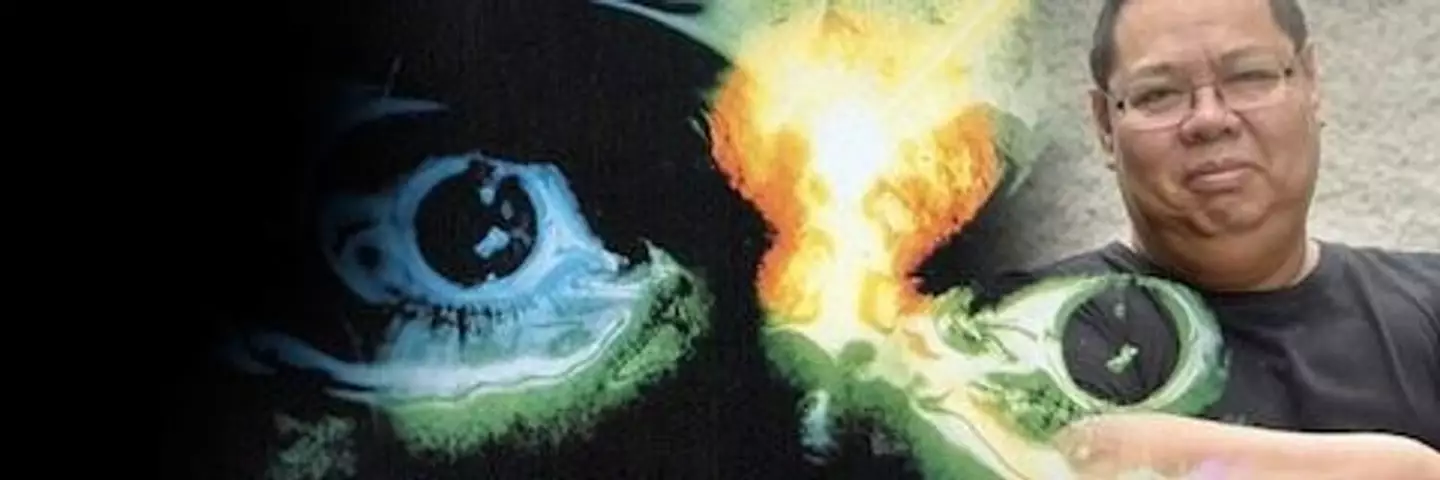
And Flashback, too, continues to matter. It was released for Switch in 2018, with some modern quality of life additions making it the version to play nowadays. (Ignore the 2013 remake, please.) And a(nother) sequel is in development right now at Microids, under the guidance of Cuisset himself, who says of the game to come: “Developing a sequel to Flashback is an idea I’ve had for a very long time. I can’t wait for players to discover the new adventures of Conrad B. Hart, a character created almost 30 years ago. With Microids, we are really aiming to please the fans of the original title while being appealing to any players with a weak spot for futuristic games.” I mean, that’s me. Right there, that’s me, I’m those players. Cuisset is making games for me.
“We were just trying to make the best games,” Cuisset tells me, remembering the early days of Delphine Software International - the days before Shaq Fu, before Fade to Black, before Amy. Perhaps Flashback 2 will take both its developer and its players back in the best way possible: to those best games, and to the memories they can create in all who love them.
This piece is part of a series profiling influential game creators, true masters of style, and their key works. Read previous entries: Fumito Ueda (Shadow of the Colossus), Amy Hennig (Uncharted), Hideki Kamiya (Devil May Cry), Hideo Kojima (Metal Gear Solid), Roberta Williams (King’s Quest).
---
This editorial content is supported by Philips OneBlade. Philips is committed to providing products that fit into every individual's life, to suit every personality's idea of style. Every one of us is unique, and every one of us feels comfortable and confident in different ways - and the flexibility of Philips OneBlade ensures that anyone can express themselves in a way that's all about them. Find more information here.
Topics: Retro Gaming, Interview, Opinion, Philips
